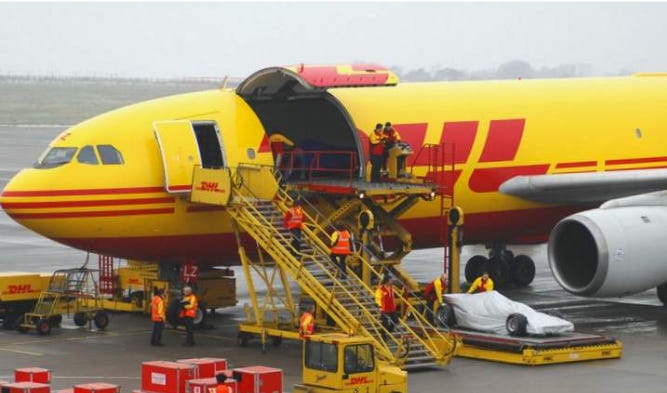Business Improvement Lessons from Formula 1’s Race Between Races
What businesses can learn from the art and science of Formula One logistics
Formula 1 isn’t just about screaming engines and daring overtakes; it’s a masterclass in business efficiency played out in the ultra-energetic days between races. With 24 Grand Prix events spanning 21 countries in 2024, moving 1,500 tons of gear across 75,000 miles, F1 teams like Red Bull and Ferrari turn what would be a logistical nightmare for others into a competitive edge. The downtime between races—sometimes just a few days—is a high-octane business improvement masterclass. Here are four lessons from F1’s off-camera race between races.
Ruthless Prioritization Wins
When a race ends, teams don’t have time to relax. Every second counts as they dismantle garages, pack 20,000-30,000 car parts, and ship them to the next track. DHL, F1’s logistics partner, juggles 6-7 Boeing 747s for overseas races, like Singapore, while 300 biofuel-powered trucks swarm European circuits. In determining what gets shipped when and how, F1 teams focus on what moves the needle: critical components like engines and wings get first-class treatment, while less urgent items ride slower routes. Businesses can borrow this mindset: identify your “race-critical” tasks and allocate top resources to deliver those tasks. It is all about understanding the ‘cost of errors’ and allocating attention accordingly.
Be Adaptable: Plans Can Go Wrong
A delayed cargo plane, like Haas F1’s 2021 Bahrain testing fiasco, can cost millions in missed track time. Between races, teams use real-time tracking and predictive analytics to dodge customs snags or weather disruptions. If a part breaks, Ferrari might 3D-print a replacement in days. F1 doesn’t rely only on ideal conditions; it pivots fast, using tools like digital twins to sync hundreds of suppliers. Businesses stuck on rigid plans are asking for trouble. Build flexibility into operations to handle the unexpected without breaking stride.
Collaboration Fuels Speed
For some areas, F1 teams collaborate with their partners instead of doing everything in-house. From McLaren’s logistics apprentices ensuring customs compliance, to Mercedes partnering with DP World for multi-modal transport, collaboration is king. DHL’s electric trucks cut emissions by 47% for McLaren’s European hauls, while shared platforms streamline supplier data. Forging tight, trust-based relationships with vendors and logistics partners to move faster and smarter, especially under pressure, is an aspect of F1’s Playbook that almost all businesses can adopt.
Sustainability Isn’t Optional
F1’s push for net-zero by 2030 shapes its inter-race hustle. DHL’s HVO100 biofuel trucks slashed logistics emissions by 83% in 2023’s European races, while teams like Williams optimize routes to minimize fuel use. This isn’t just green PR—it’s smart business. Sustainable practices cut costs and attract eco-conscious investors. For companies, the lesson is to weave sustainability into operations, not as an add-on but as a core driver of efficiency and reputation.
F1’s race between races shows that victory isn’t just about speed on the track—it’s about precision, adaptability, collaboration, and purpose off it. As businesses navigate their own high-stakes races, F1’s logistics playbook offers a winning formula.

